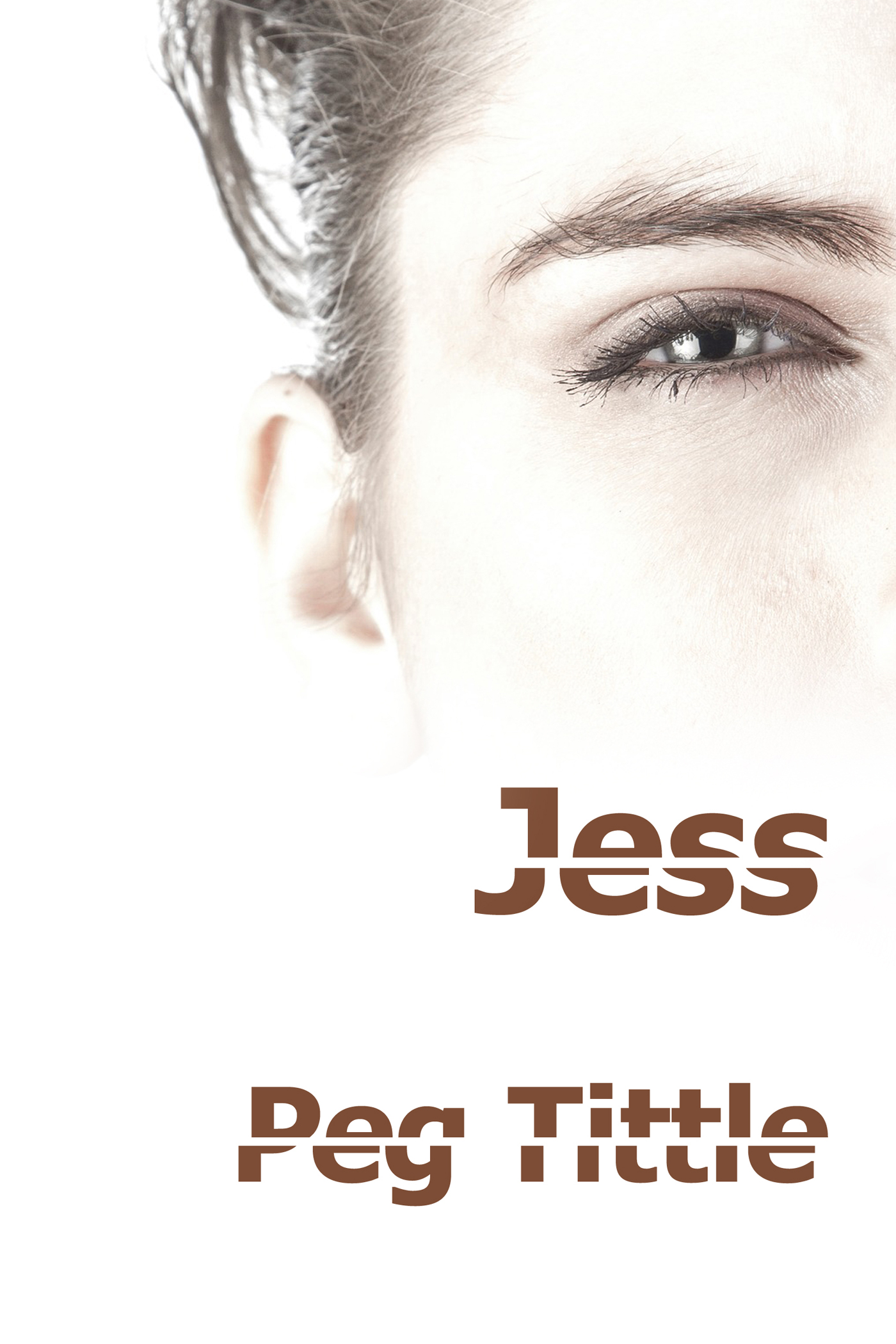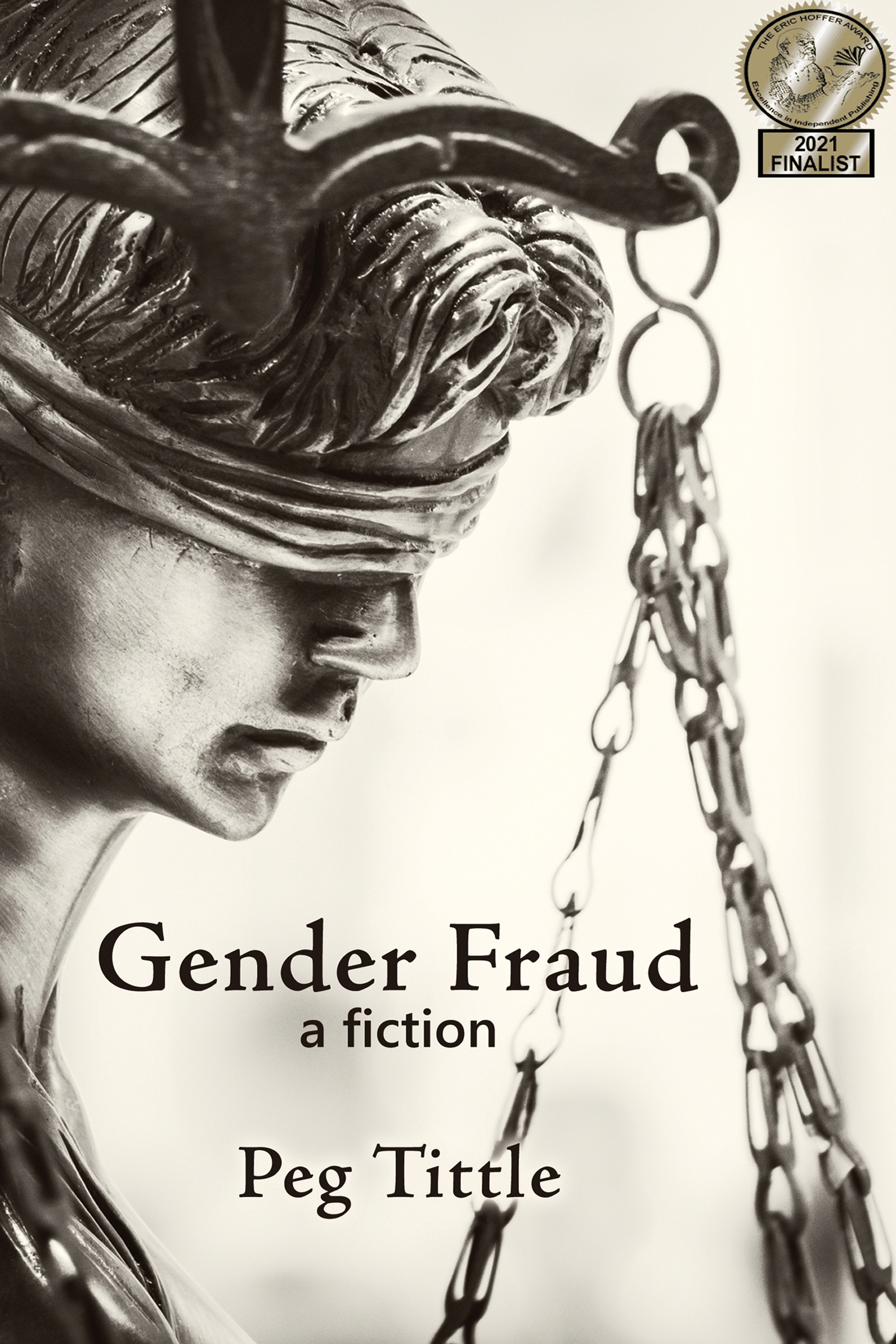guest post by Jass Richards
So when I was in the Louvre, a long time ago, looking at all those famous paintings, I was struck by how few of the women were able to keep their clothes on. From peasants to goddesses, every one of them was sporting not just an off-the-shoulder look, but a pulled-down-to-the-waist look. Breast after breast after breast was bared — in the most inappropriate contexts. For example, in “The Sacrifice of Iphigenia” by … somebody … there are lots of them … apparently it’s a common theme, women getting sacrificed for others … Iphigenia is “sacrificed” in order to make the wind go in the right direction so her father can get to his precious little war and — why the hell is she topless at the moment of her death?
And at some famous theatre, in Vienna I think, I noticed, at first with delight, that the walls were covered with women — but again, every one of them had that negligee-half-off look. Then I noticed they were always in pairs, always two women together, and I thought for a second, “Hey!” But then I realized that every second panel featured the sculpted head of some distinguished person, some male person. So you have distinguished male head, two pairs of breasts, distinguished male head, two pairs of breasts …
It finally dawned on me when I was in Amsterdam. One day I was in the red light district looking at all the men gawking at the famous window displays and the next day I was in the Rijksmuseum looking at a painting called “The Drawing Room” — in which a bunch of men are gawking at a nude model. Being an artist was just an excuse to see women’s naked bodies. The drawing room legitimized voyeurism. So the masters are just peeping toms, art is little more than thinly veiled porn, and the history of art, like everything else, boils down to the history of men seeing women as sex objects.
















